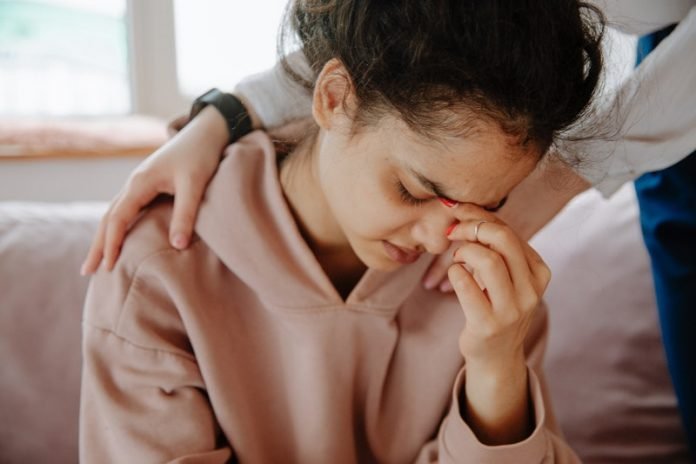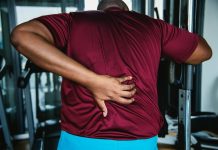
Of all these female-prevalent pain disorders, migraines are among the most common, with about 35 million migraine patients in the United States, and three out of four of those are women.
In addition, in fibromyalgia patients, as many as nine out of 10 are women; for irritable bowel syndrome, three out of four are women.
It always has been understood that women experience some types of pain that occur without injury (known as “functional pain syndromes”) more than men.
The reasons for this never were clearly understood. A possible explanation is the differences in the cells and nerves that send pain signals to the brain in women and men.
In a recent study from the University of Arizona, researchers have found the hormone that makes women experience more pain than men.
They found a mechanism that explains why women may be more vulnerable than men to develop pain in general, as well as to develop pain from opioids specifically.
The cause is a neurohormone, prolactin, known largely for promoting lactation in expectant mothers in their final months of pregnancy and after childbirth.
The study is published in Science Translational Medicine. The lead author is Frank Porreca, Ph.D., a professor of Pharmacology, anesthesiology, cancer biology, and neuroscience at the college.
The new findings suggest new pain therapies targeting the prolactin system would greatly benefit women suffering from functional pain syndromes.
The team says dopamine D-2 receptor agonist drugs that limit prolactin release, such as cabergoline, commonly are used for other diseases and are not addictive.
These drugs, possibly combined with other classes of medications, may help treat those pain conditions in women more effectively without the addictive properties of opioids.
In addition, the team has been contacted by companies interested in testing whether an antibody previously associated with breast cancer treatment might be able to be engineered as a therapy to guard against pain in women.
Copyright © 2020 Knowridge Science Report. All rights reserved.



